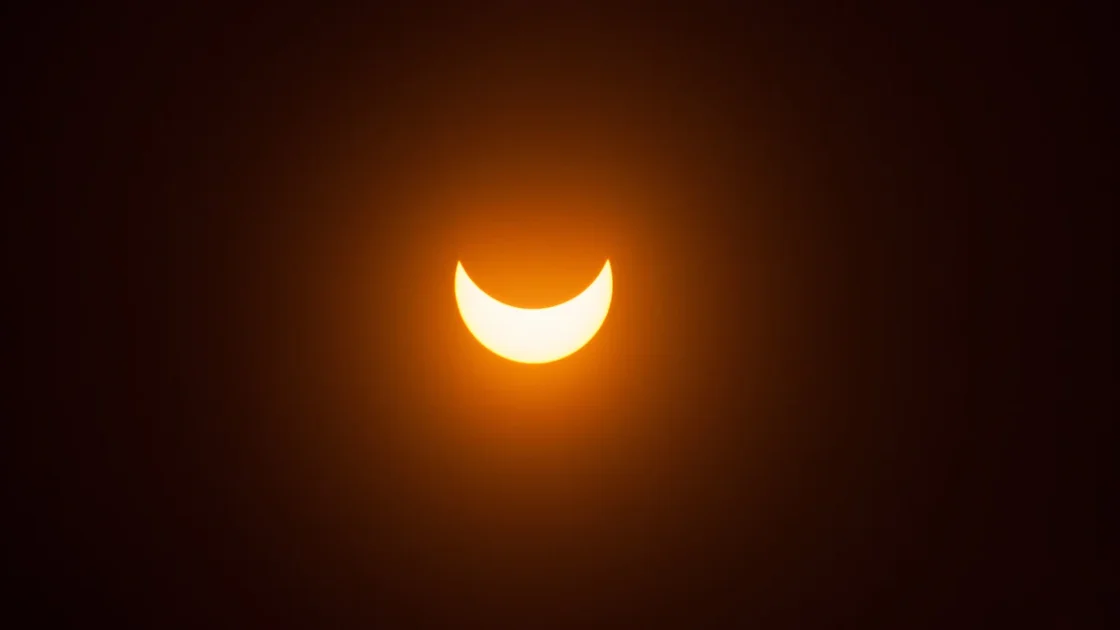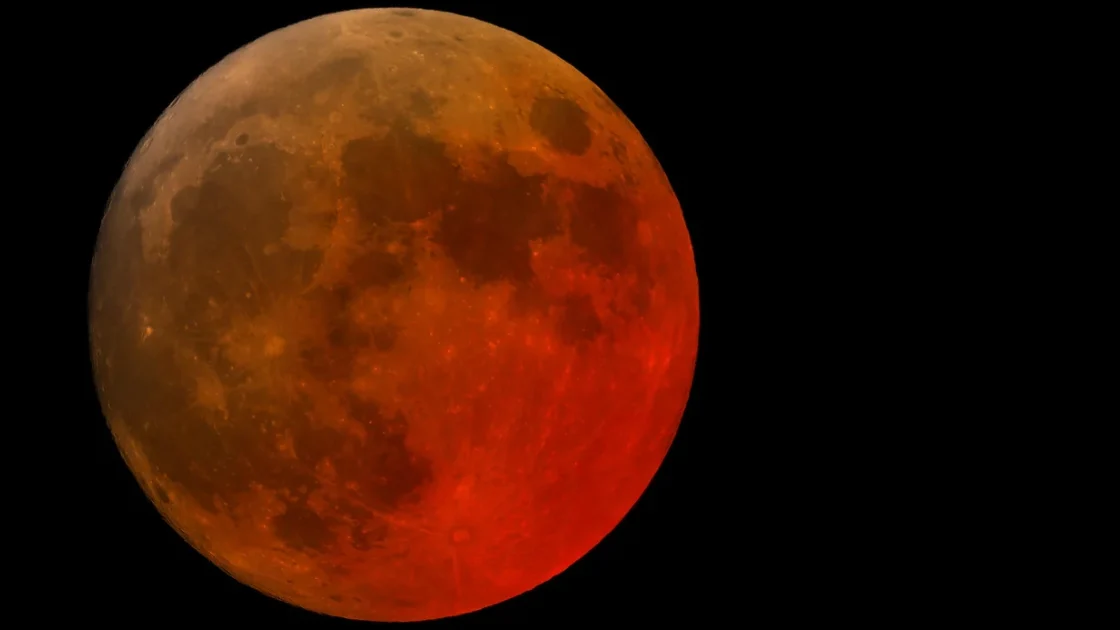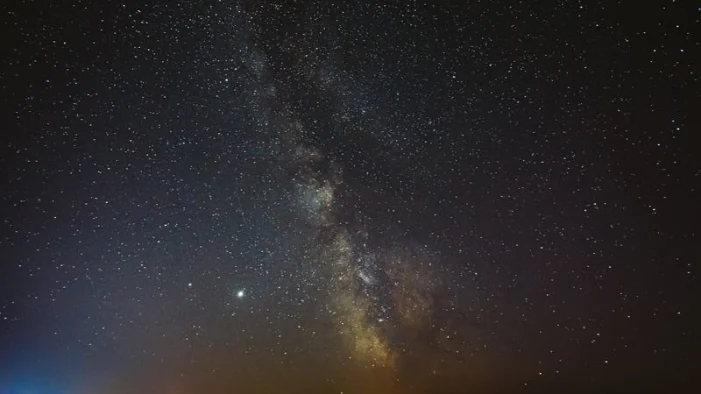June’s Strawberry Moon will be at its lowest and largest in the sky as it will be until 2043–it was last this low in 2006. The June full Moon is named the Strawberry Moon The Strawberry Moon gets its name from the wild strawberry season in North America. Other names for the Strawberry Moon include …




